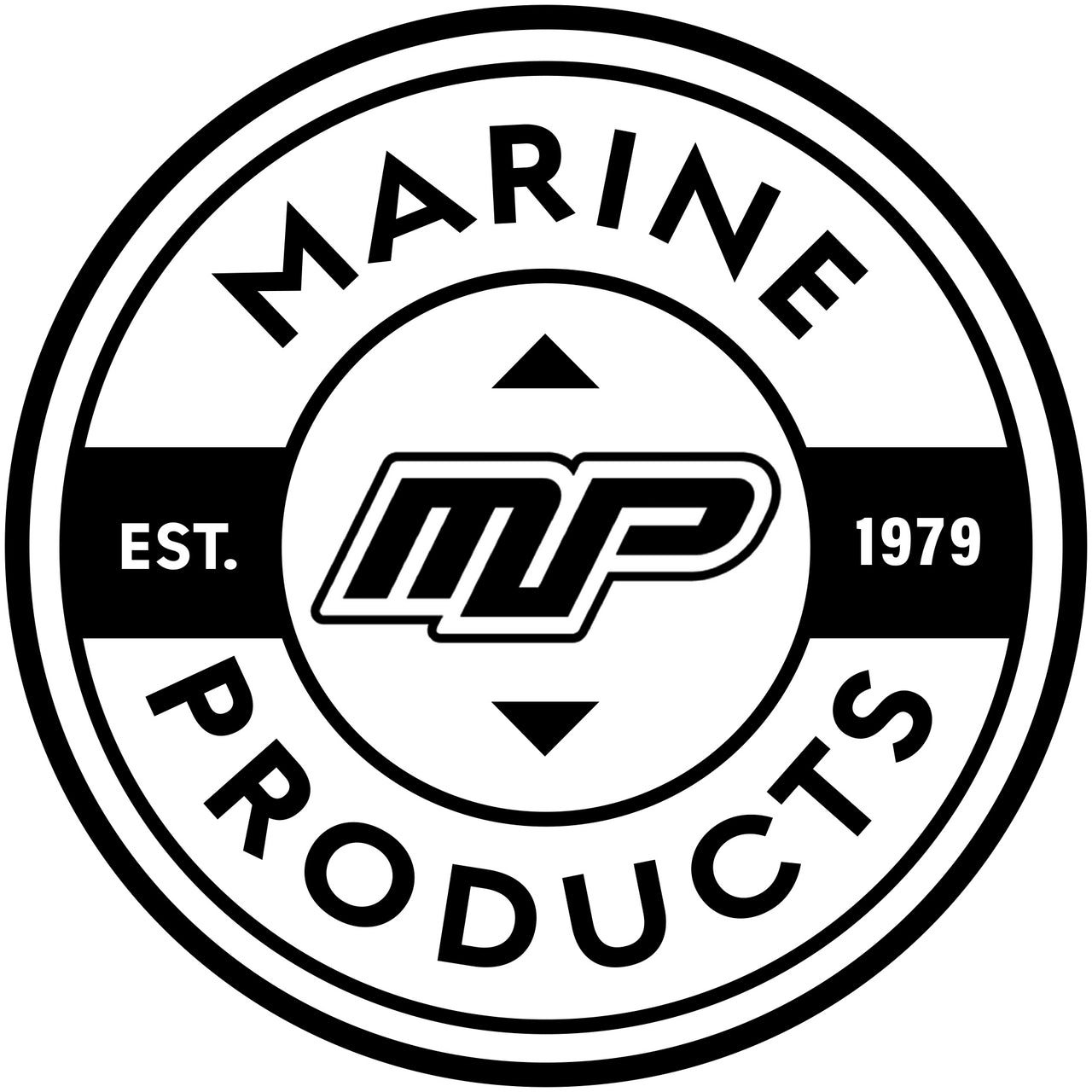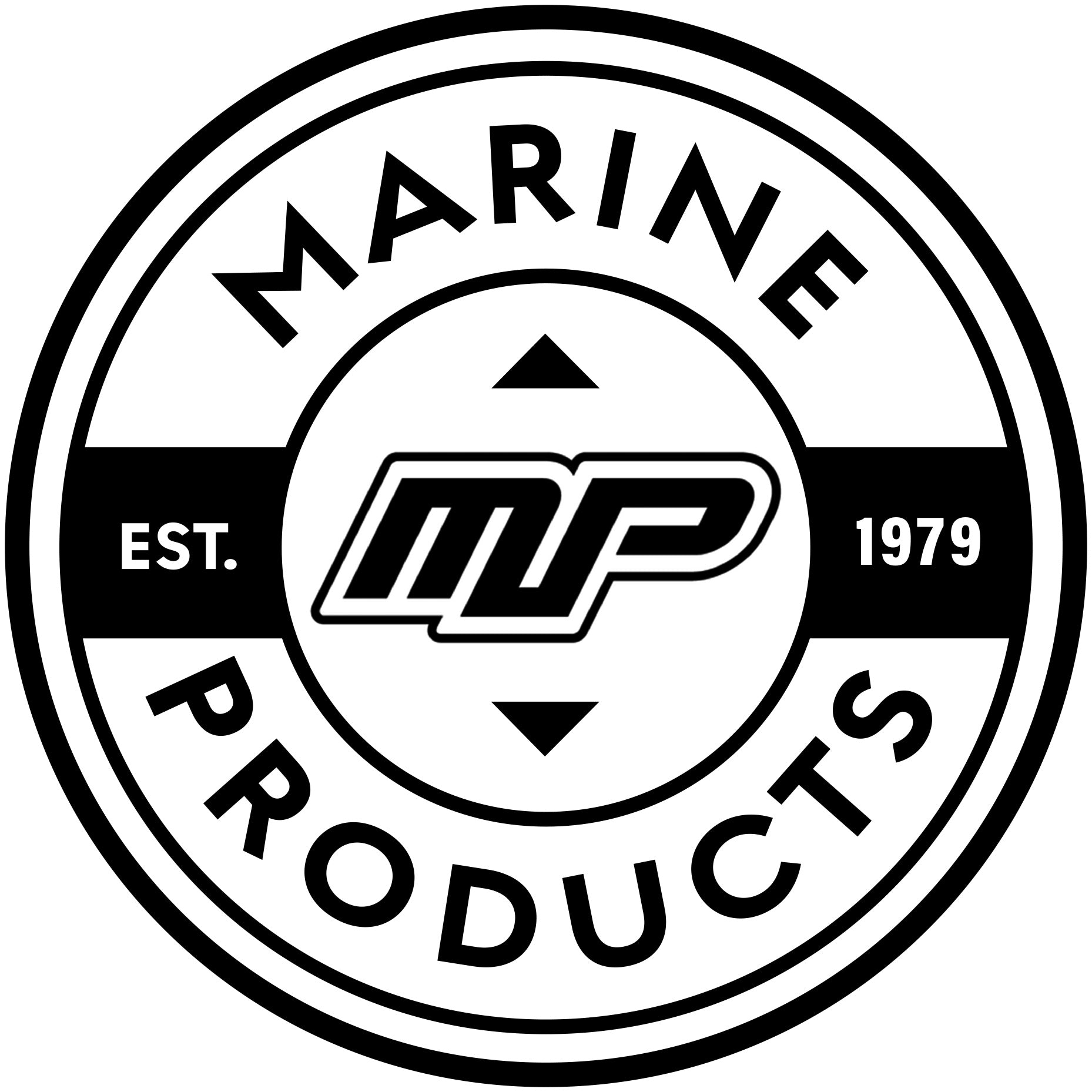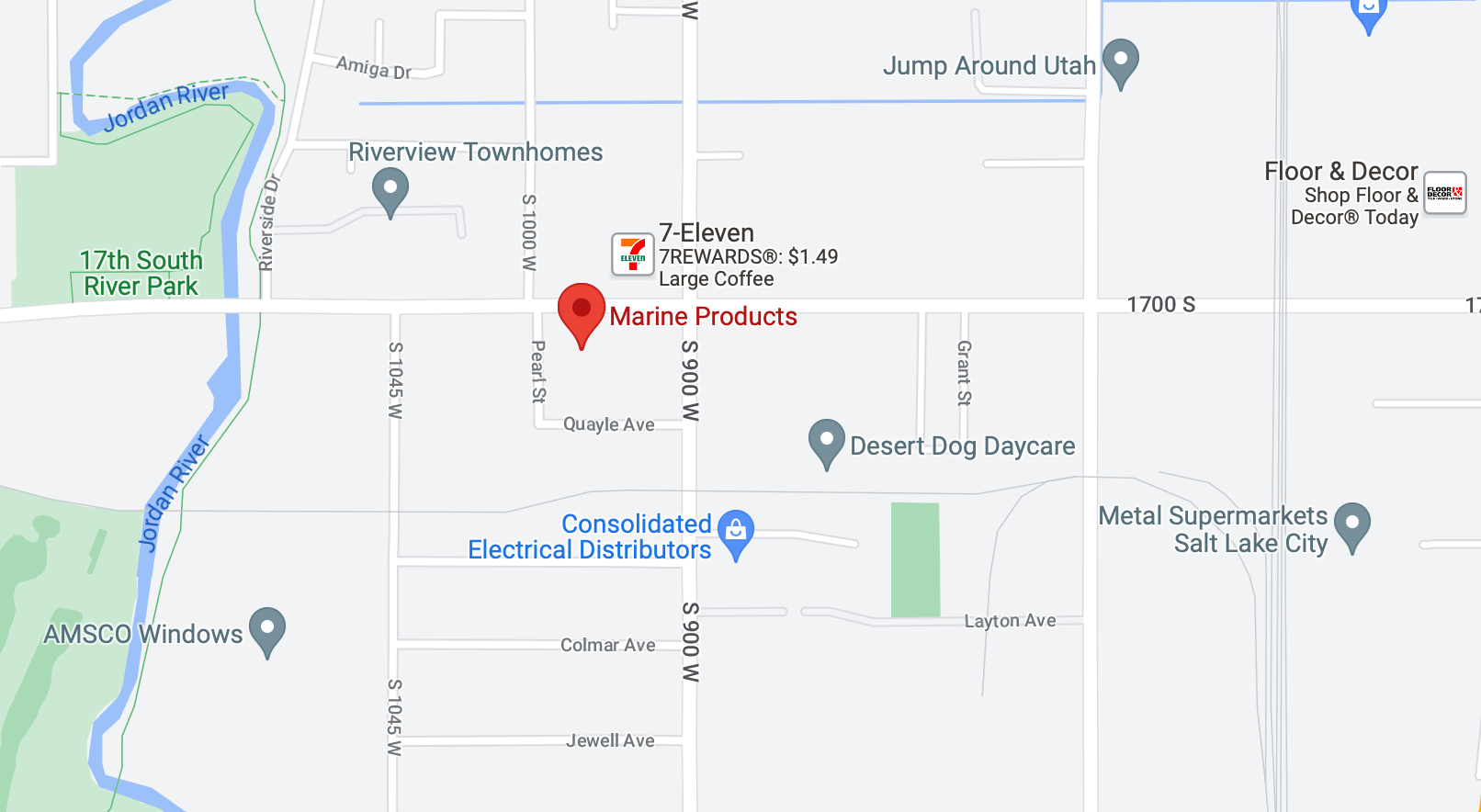Wakeboard Binding Sizing & Buyers Guide
Wakeboard Binding Buyers and Sizing Guide
At Marine Products we know how hard it is to find the perfect gear. As the leader in wakeboards and wakeboard-related products we strive to make picking out the best gear as simple as possible. If you’re still not sure what binding is right for you, give our sales team a call at (801) 973-4017 now.
Getting Started
Before you can find the perfect binding, you must first consider what goes into a perfect binding. At Marine Products, there are four factors we use to decide what binding is right for our customer:
- Fit
- Flex
- Features
- Compatibility
Fit
Fit is crucial for control. If your bindings don’t fit, you cannot control your wakeboard, and you not only ruin your experience but create several safety risks as well. Wakeboard bindings should be snug, but not to the point that they’re painful.
Flex
Flex is considered one of the most important factors when it comes to finding the right wakeboard binding. Wakeboard bindings range from very stiff to flexible. Flex is all about personal preference. While some prefer to feel locked in and have a stiff stance, others prefer support but still some flexibility to move as they wish. The more flexibility you have, the more you can maneuver and push your wakeboard to specific directions. Beginners should use a flexible binding, while advanced riders should stick to stiffer bindings.
Features
Bindings have a variety of features that should be considered when you’re shopping. Bindings and boots are personal to the rider; therefore, it is important to have your own set of boots, especially if you’re a frequent rider. If cost is an issue, purchase boots with a friend and share, or you should each buy a different type and swap to have a different riding experience. But before you purchase, consider the two common types of boots/bindings: open-toed and close-toed.
Open-Toed
Open-toed are open upfront, which give your feet some breathing area. Also, open-toed offer more versatility in terms of riders. You can typically fit multiple shoe sizes in an open-toed binding compared to a close-toed binding. Open-toed bindings are good for kids too. By allowing a little extra space to grow, your bindings can last your family a longer than if you purchase close-toed bindings.
Close-Toed
Close-toed bindings offer snug, precise fits. With this type of fit you have more control over your wakeboard, better leverage and a faster heel-to-toe response on the waves. Your feet stay warmer in close-toed bindings too, which is good if you’re riding in colder waters. Close-toed bindings are considered “high-end” products; therefore, these are typically more expensive than open-toed varieties.
Compatibility
A lot of riders are concerned about their bindings and whether or not they’ll fit their wakeboard. Since they’re purchased separate, it can be hard to picture the right binding on a board you already have. In most cases bindings are universal—meaning you can put them on any wakeboard. But, there are times a binding might not fit or suit a particular type of board. One thing to consider when shopping for bindings is the screws and inserts. Formerly, all wakeboard screws and inserts used an 8-inch spread. Today there are three different sizes: 6, 7 and 8-inch spreads. Even with these three different sizes, most of the time the bindings will fit your wakeboard. But these different sizes could limit your stance variety because wider spreads might mean a wider stance.
6-inch patterns are starting to become the new standard in bindings. These are lighter, offer more flexibility, and have less torsional flex. While a 6-inch spread limits your capabilities, especially when placed on a wakeboard with an 8-inch spread, there are ways to counteract this issue and still get that ultimate riding experience. Mounting extenders allow you to extend the natural stance of your board and give you more options between bindings.
Getting into Your Bindings
The perfect fit is snug, and because of that snugness, a lot of riders have trouble getting into their bindings. They confuse this resistance with improper sizing, but there are ways to get into a binding that is naturally snug.
First, wet the boots and your feet before sliding them into the bindings. This helps loosen up the materials and gives your skin a slick surface to slide into the bindings. Second, loosen the binding before sliding your foot in and tightening it. If you still cannot get your feet into your bindings, a lubricant might help break through that resistance and help you put on your bindings with ease.
Never use liquid dish soap or any dish soap as a lubricant. The ingredients in soap dry out your bindings, which can cause cracks. Also, soap is not eco-friendly; therefore, if you use soap on your bindings, you’re introducing it into the water and the environment.
Tips for Picking Your Stance
Before you purchase bindings you need to set up your stance. Follow these tips for setting up the perfect stance:
- Stand up comfortable and then do a squat.
- Look at the direction your knees and feet naturally point.
- Position your boots and bindings on your wakeboard at a similar stance.
No matter what, your stance should be symmetrical. This gives you more control over your board and keeps you safe. An improper stance could lead to back or muscle injury, broken bones or worse. Until you have developed your preferred stance, set up your stance as we have indicated above. As your riding experience grows you can readjust where necessary for the optimum stance.
Still got questions? We have the answers. Contact a Marine Products sales team member for all of your binding questions today by dialing, (801) 973-4017 now.
*To suggest changes or improvements to this Buyers Guide please email: guides@marine-products.com



